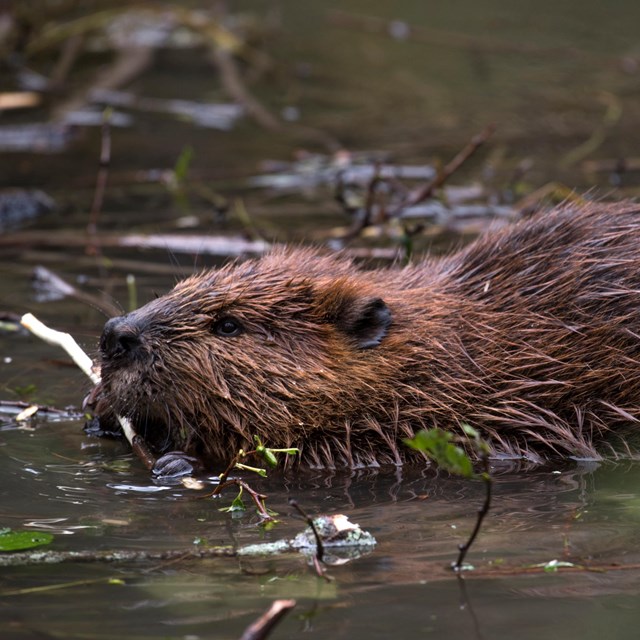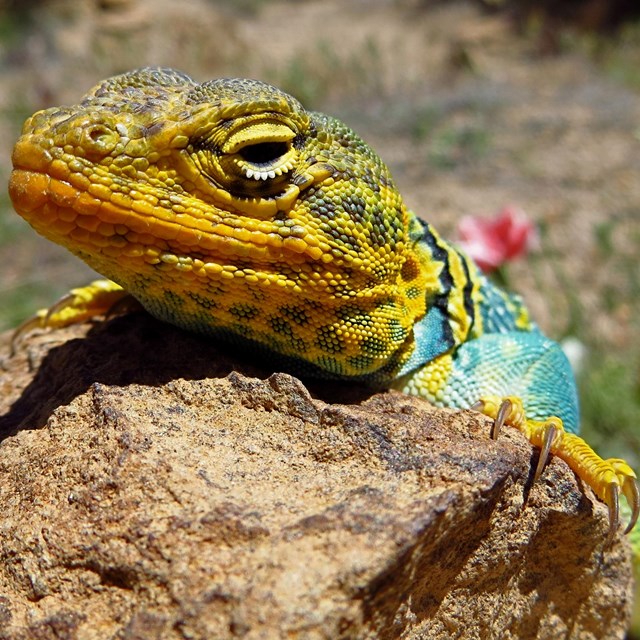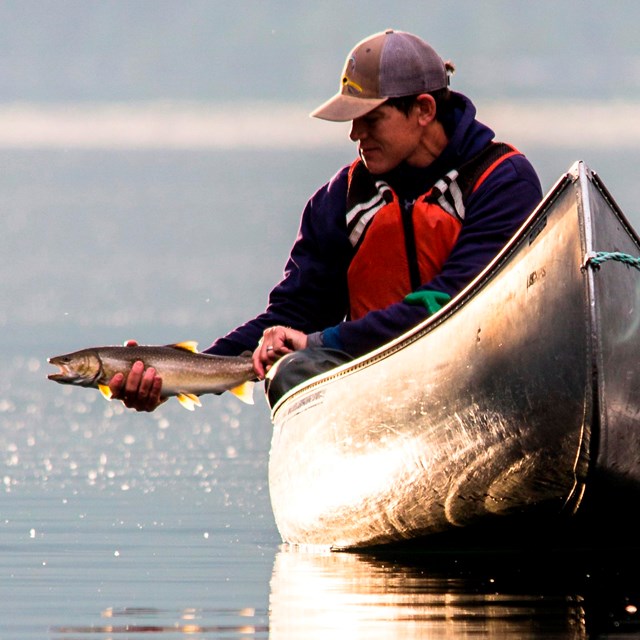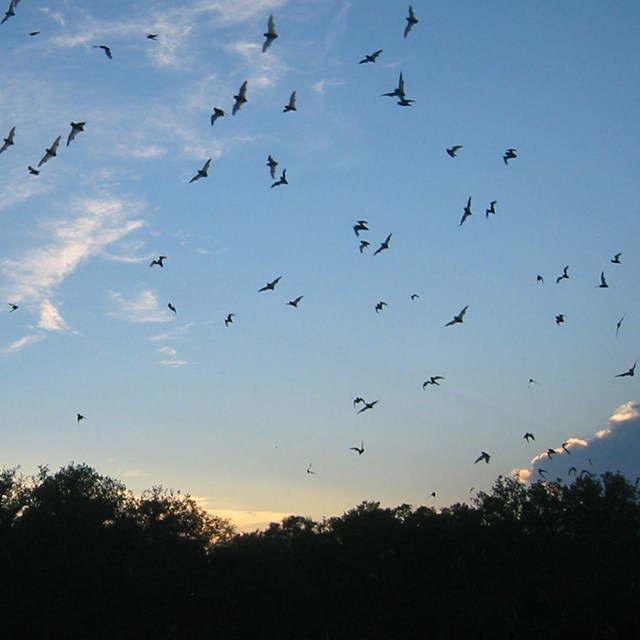
NPS/Gary Cox Though the natural quiet of Canyonlands often creates the impression of lifelessness, many animals live here. Birds, lizards and some rodents are seen most frequently, though seasons and weather play a large role in determining what animals are active. Desert animals have a variety of adaptations for dealing with the temperature and moisture stresses present in Canyonlands. Most desert animals are nocturnal, being most active at night. This can be an adaptation to both predation and hot summer daytime temperatures. Mostly nocturnal animals include kangaroo rats, woodrats (also called packrats) and most other small desert rodents, skunks, ringtails, foxes, bobcats, mountain lions, bats and owls. Animals that are most active at dawn and dusk are called “crepuscular.” These times of day are cooler than mid-day. The half-dark makes prey animals less visible, yet visibility is good enough to locate food. Some animals are crepuscular mostly because their prey is crepuscular. Crepuscular animals include mule deer, coyotes, porcupines, desert cottontails, black-tailed jackrabbits, and many songbirds. A few desert animals are primarily active during the day, or “diurnal.” These include rock squirrels, antelope squirrels, chipmunks, lizards, snakes, hawks, and eagles. Many animals have a temperature range in which they are active, so alter their active times of day depending on the season. Snakes and lizards go into an inactive state of torpor during the winter, are active during the day during the late spring and early fall, and become crepuscular during the heat of summer. Many insects alter their times of activity. For example, mosquitoes may be out all night, all day, or at dawn or dusk, depending on temperature. Read More:
More from the national park systemYou can explore these subjects from national parks around the country. |
Last updated: April 18, 2025





